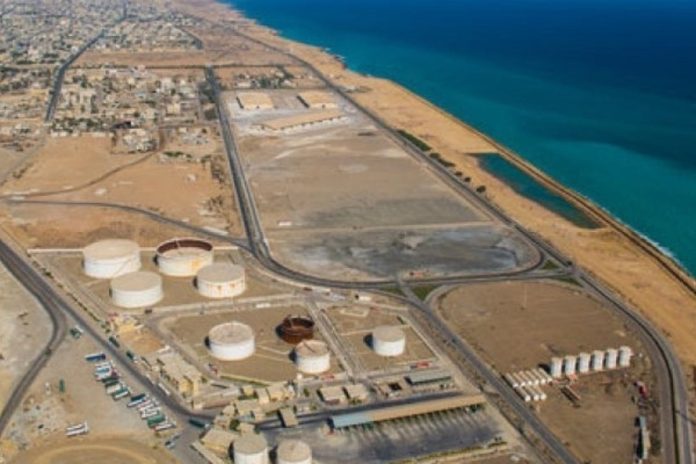Snapshot
Owing to the potential of the central Asian markets, the India-led connectivity has provided a secure and commercially viable access to the Indian Ocean region for central Asian countries.
With a view to enhance connectivity with central Asia, the Indian government is keen on making Chabahar Port in Iran a transit hub under International North-South Transport Corridor (INSTC).
INSTC is India’s vision and initiative to reduce the time taken for EXIM shipments to reach Russia, Europe, and enter the central Asian markets.
The Chabahar Port, which has been developed through Indian assistance, is the commercial transit centre for the region and especially central Asia.
According to the government, the Chabahar port’s link with INSTC will not only attract investment, it would also deepen cultural and political ties.
Observing Chabahar Day, Union Minister of Ports, Shipping and Waterways Sarbananda Sonowal affirmed India’s commitment towards unlocking the trade potential with the central Asian region through the use of Chabahar Port in Iran.
“Our vision is to make Chabahar Port a transit hub under the International North-South Transport Corridor to reach out to CIS countries,” Sonowal said.
Chabahar Day was celebrated to mark the beginning of INSTC — an Indian vision to economise movement of cargo between India and central Asia.
A high-level diplomatic delegation from Kazakhstan, Kyrgyzstan, Tajikistan, Turkmenistan, Uzbekistan, Afghanistan and Iran were present on the occasion in Mumbai.
Sonwal said, “the idea of INSTC via the vibrant Shahid Beheshti Port at Chabahar in Iran is an idea to connect the two markets using a multi modal logistical corridor”.
This will rationalise our logistics cost which will contribute towards the trade volume between the two regions, he said.
Thanking all the stakeholders’ who have shown active support for the development of the Chabahar Port, he said, through combined efforts, a point of connectivity enhancing trade and commerce among India and central Asian countries has been successfully developed.
Sonowal further said, Chabahar Port links the rich central Asian region with the south Asian markets. It has emerged as significant for trade, economic collaborations and connecting people between the two geographies.
Owing to the potential of the central Asian markets, the India-led connectivity has provided a secure and commercially viable access to the Indian Ocean region for central Asian countries. This link will not only provide connectivity, but also drive investments further supporting our cultural and political ties, he added.
It will additionally develop the transit and transport potential of the central Asian region and improve their logistic network, he added.
Chabahar Port will lead to promoting a joint initiative to create a regional and international transport corridor over there, said the Minister and added the aim is to develop universally recognised international norms, good governance, rule of law and equality at Chabahar Port.
Sonowal also said that loading and unloading capacity of the Shahid Beheshti Port at Chabhar which today stands at 8.5 million tonnes, will be enhanced to 15 million tonnes on completion of the Phase I of the project.
Welcoming the central Asian countries to use the services of Shahid Beheshti Port for facilitating their trade with India and other external markets, Sonowal urged all stakeholders to provide suggestions on promoting Chabahar INSTC Link to further reduce the transportation time, open a shorter, faster and more reliable route from India to central Asia and increase the feasibility of hassle-free trade between the two regions.
“I would like to take this opportunity to request all of you to take this message ahead to make your business community aware about the opportunity and potential that this route may unlock,” Sonowal said.
During the event, the delegates from the central Asian countries highlighted how Chabahar link with INSTC can play a vital role in boosting EXIM trade in their regions and its potential to further boost development in the landlocked countries.


